
Pulsating Tenderness in the Leg
Soreness in the lower extremities is something that is provoked by many diverse reasons, and often it can result in a lot of inconvenience or pain. Pulsating pain in the leg is something that people most frequently experience somewhere in the area in between the thigh and the foot. In some cases of the pain in the leg, the pain can be so intense and excruciating that the patient is no longer able to stand normally or traverse small distances on foot. Sometimes both legs are affected simultaneously, and the sensation of tenderness is not restricted to a certain part of the day. This tenderness can get in the way of performing the everyday routine or upset the rhythm of sleep, mainly due to the fact that pain is in some cases more intense during the night than during the day. This occurs due to the fluctuations in the levels of hormones.
What Is a Dead Leg?
A dead leg is an injury that is very common in contact sports. Once a muscle gets hit very hard and at a rapid speed it is crushed against the bone and if left untreated it may lead to the development of the medical condition known as Myositis Ossificans. There are two types of contusions that are possible in injuries just like the one described above. An intramuscular injury is a tear of the muscle which occurs within the sheath that surrounds it, and it commonly involves initial bleeding that stops in a few hours when there is pressure applied to it. Swelling also commonly occurs because the fluid cannot escape from the muscle. When this type of injury occurs, there is a considerable loss of function and a lot of pain and it also takes weeks to recover from such an injury. An intramuscular injury commonly does not involve any visible bruising in the initial stages but that does not make it look less serious than it really is. Intermuscular injuries involve the tearing of a muscle and the sheath that surrounds it. The initial bleeding takes longer to stop in such a case but the recovery is usually much faster because the blood and other fluids are able to flow away from the site of the injury. There will also be more chances of bruising on swelling in an intermuscular injury, but the good thing is that movement is usually not too restricted.
Diagnosis and Treatment Options
A correct diagnosis is very important in treating these kinds of leg injuries, because a complete rupture of an intramuscular injury may occur if a person continues to exercise and it may lead to a permanent disability if not treated immediately. If heat is applied to the injury incorrectly in the first stages, then the aforementioned medical condition called Myositis Ossificans can occur. It is characterized by a formation of a bone within the injured muscle. This is a very serious problem. The best thing to do when such injuries occur is to go see a sports doctor, who provides certain massaging techniques that are efficient in speeding up the recovery. They also use ultrasound and electrical stimulation for the muscles and prescribe an adequate rehabilitation plan for the injury, depending on its severity. The best thing to do initially is to use an ice compress and to elevate the leg. A person should probably walk with crutches just in case before he or she goes to visit the doctor, so that new injuries do not occur in the meantime.



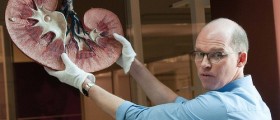

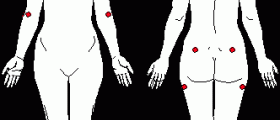
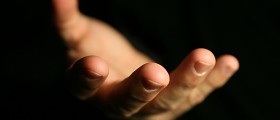


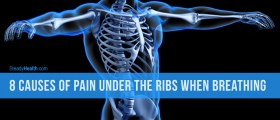
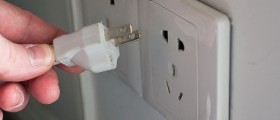


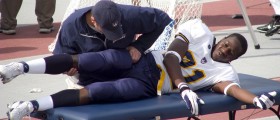

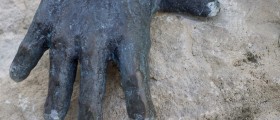

Your thoughts on this
Loading...